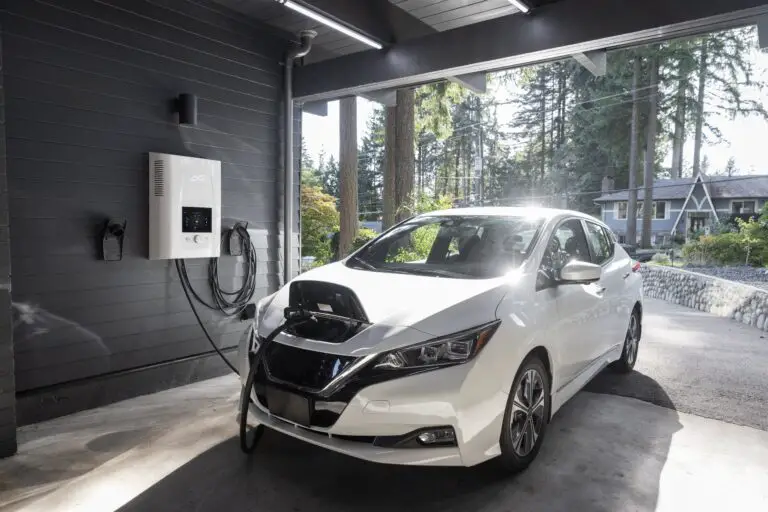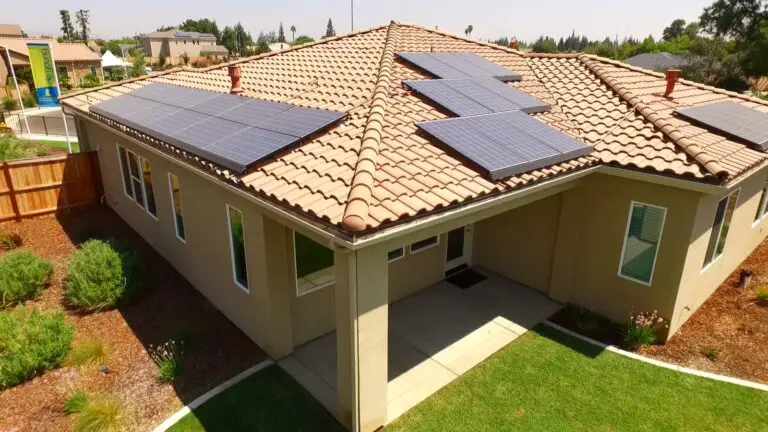Balancing Ecology and Durability in Material Choices
In the evolving landscape of modern construction and manufacturing, the debate around material choices has become increasingly nuanced. The quest to harmonise ecological responsibility with the durability of materials presents a unique set of challenges and opportunities.
This article delves into the complexities of this balancing act, exploring how industries can make informed decisions that are both environmentally sustainable and pragmatically durable.
The Intersection of Ecology and Durability
At the heart of the discussion lies the critical intersection between ecological concerns and the longevity of materials.
Historically, many industries leaned towards materials that promised durability and cost-effectiveness, often at the expense of environmental impact. However, the growing awareness of ecological degradation has shifted the focus towards more sustainable practices.
The key challenge is finding materials that do not compromise durability while being ecologically sound. Here, the principle of sustainable sourcing comes into play.
Sustainable sourcing involves choosing renewable materials with a low carbon footprint and harvesting in a way that minimally impacts the environment. This approach ensures that the materials used are durable and contribute positively to the ecological balance.
Innovations in Material Science
Recent advancements in material science have been pivotal in addressing this challenge. Innovations such as bio-based polymers, recycled composites, and advanced ceramics offer promising alternatives to traditional materials. These innovations are not just eco-friendly but also match, and sometimes surpass, the durability of their conventional counterparts.
For more info on these innovative materials, research has shown that bio-based polymers, for instance, derived from plant-based sources, can be engineered to exhibit high strength and longevity. Similarly, recycled composites, made from repurposed industrial waste, provide a robust and sustainable option for various applications.
Case Studies: Successful Integrations
A look at case studies across different industries reveals successful integrations of eco-friendly and durable materials. In the construction industry, for example, the use of bamboo as a structural material has gained popularity.
Bamboo, being a rapidly renewable resource, offers significant ecological benefits. It also possesses a high strength-to-weight ratio, making it an excellent choice for sustainable construction.
Similarly, in the automotive industry, using recycled aluminium for car bodies demonstrates both ecological and durability advantages. Aluminium can be recycled indefinitely without losing its properties, reducing the ecological footprint of the manufacturing process while ensuring the longevity of the vehicle.
Policies and Regulations
Government policies and regulations are crucial in steering industries towards more sustainable material choices. Legislation that encourages or mandates sustainable materials can significantly impact industry practices.
For instance, tax incentives for using recycled materials or penalties for excessive carbon emissions can motivate companies to adopt more eco-friendly practices.
Industry and Consumer Responsibility
The responsibility for balancing ecology and durability in material choices doesn’t lie solely with industries; consumers also play a crucial role.
Consumer demand for sustainable products can drive companies to adopt greener practices. Educating consumers about the ecological impact of their choices and promoting a culture of sustainability are crucial steps in this direction.
Final Thoughts
The journey towards balancing ecological concerns with material durability is complex but achievable. The synthesis of innovative materials, supportive policies, and responsible consumer behaviour can pave the way for a future where sustainability and durability are not mutually exclusive but harmoniously integrated.
As we advance, it’s imperative that industries and consumers alike embrace this delicate balance, ensuring a sustainable legacy for future generations.





